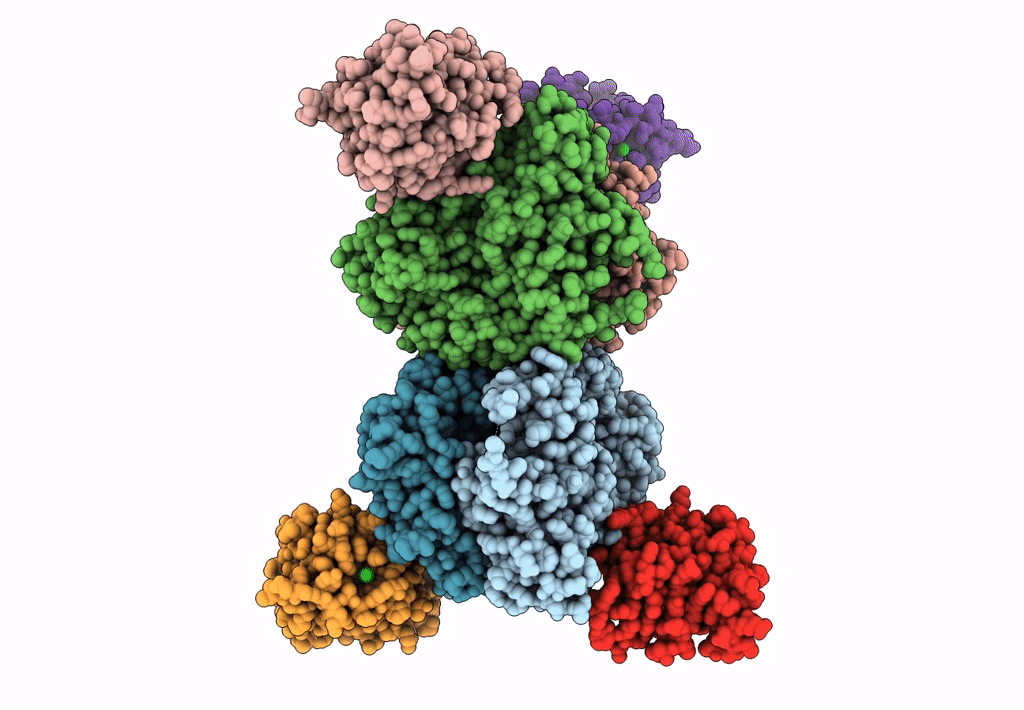
Deposition Date
2022-10-12
Release Date
2023-08-23
Last Version Date
2023-08-23
Entry Detail
Biological Source:
Source Organism:
Enterobacteria phage T3 (Taxon ID: 10759)
Escherichia coli (Taxon ID: 562)
Escherichia coli (Taxon ID: 562)
Host Organism:
Method Details:
Experimental Method:
Resolution:
2.80 Å
Aggregation State:
PARTICLE
Reconstruction Method:
SINGLE PARTICLE


